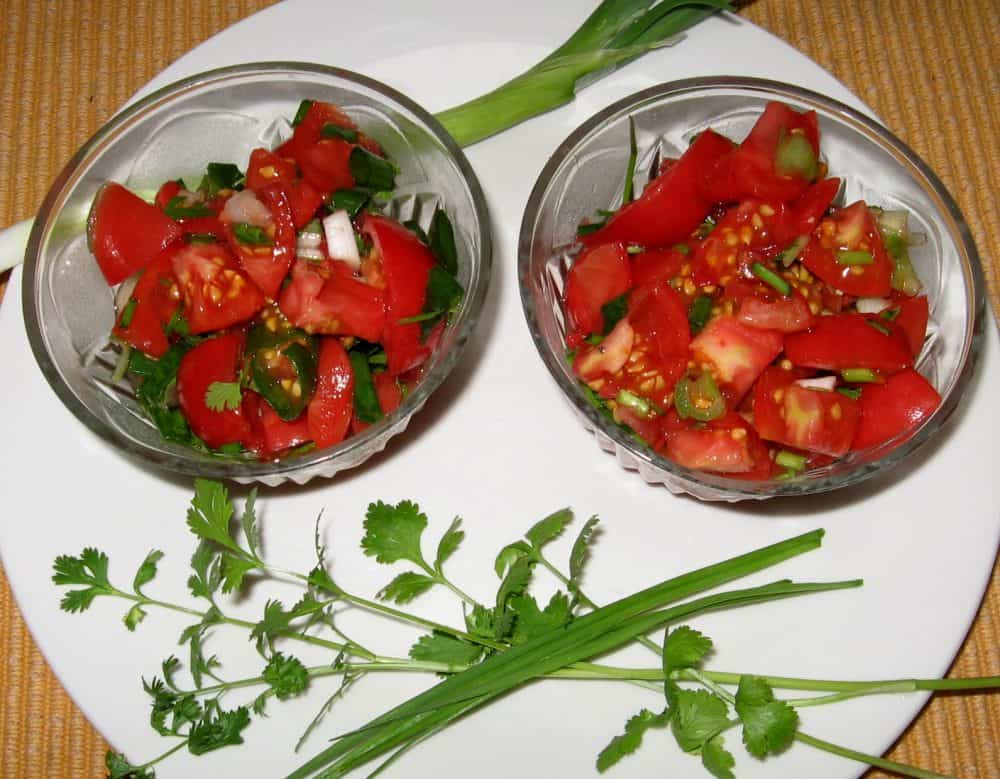I always enjoy finding simple, inexpensive and effective solutions to the bug and plant issues in my garden. Some of the best can come right from the kitchen: items our grandparents used, but that have now fallen out of style.
Baking soda (sodium bicarbonate) is one of those safe and friendly products, with at least 20 uses around the home and garden. It can, of course, be sued in baking, as a leavening agent where it releases CO2 gas which raises the bread, but it also has mild disinfectant properties for cleanup in the kitchen. Add a little water and create a paste to use in cleaning and scrubbing things like the fridge. Mixed with sugar, baking soda can even be used to kill cockroaches: after the cockroaches eat it, the baking soda causes internal gas collection and eventually causes them to burst. (Take that!)
A quick search online will show you many additional uses: to replace fabric softener, remove paint and corrosion, extinguish small fires, treat insect bites or whiten teeth. Some alternative practitioners even affirm that it can be part of a cancer cure; a friend of mine affirms that baking soda and a lifestyle change is healing her breast cancer. Finally, mixed with water, it can be used as an antacid to treat acid indigestion and heartburn. Ticos love to use “bicarbonato con limón y agua” as a natural Alka-Seltzer.
Because sodium bicarbonate can be an effective way of controlling fungal growth – it is registered by the U.S. Environmental Protection Agency as a bio-pesticide – we can take it to the garden to help us keep our plants fungus-free. Tomatoes here in the tropics are often attacked by several fungal infections that can ruin the plants and harvest. Growing tomatoes in areas protected from the rain is the best solution, but even so, our damp, humid conditions can stimulate their growth on the tomato plants.
Here’s where a solution of 1-2 tablespoons of baking soda dissolved in 1 gallon of water can help to protect tomatoes from the fungal plague. It’s said to improve the alkalinity of the surface of the leaves, which is not favorable for the growth of fungi.
There could also be a protective sodium level present in the solution. Keep in mind that this spray is best used to prevent leaf diseases. That’s why it’s important to keep up a weekly spraying program to avoid an epidemic in your tomato patch.

This same spray can be used on other delicate vegetables, such as cucumber, squash, melon, cabbages and lettuce. You’ll find that it does well on most of your ornamentals too, although it’s often best to test a leaf first before you do the whole plant.
Herbs and other tender-leafed plants may show signs of burning. We recently had a bumper crop of cherry tomatoes grown outside with the help of baking soda spray. We’ll be offering these seeds at our site below, and invite visitors to our farm for a gift pack of cherry tomato seeds (directions listed at the website listed below).
Several years ago, we also discovered a safe insect spray recipe that includes sodium bicarbonate. This recipe has been a real game-changer in terms of dealing with the bugs: it’s made from safe, basic kitchen items, but bad news for the bugs.
In a blender, combine
- 5 cups of warm water,
- 2 tsp. of baking soda,
- 2 tsp. of natural liquid soap,
- 1.5 tsp. of vegetable oil
- 1.5 tsp. of natural vinegar.
Blend until the mix is white and foamy, then spray it on the plants right away with a hand sprayer. Agitate the sprayer as you go. Try to cover the leaves of your plants, and give any bugs a good shower of the spray, which covers their exoskelton and suffocates them.
Finally, I’d like to end with a recipe for those garden tomatoes: chimichurri, which elsewhere in Latin America is a parsley- and garlic-based marinade and sauce but in Costa Rica most often refers to a fresh salsa that goes so well with tortillas y frijoles and many other meals.
Just combine
- 1 cup of diced tomatoes,
- 2 diced scallions or a handful of chives,
- a handful of diced cilantro and
- juice of one lemon.
- Add salt and condiments to your taste.
Read more of Ed Bernhardt’s monthly Home Gardening columns here.
The article first appeared in 2016






